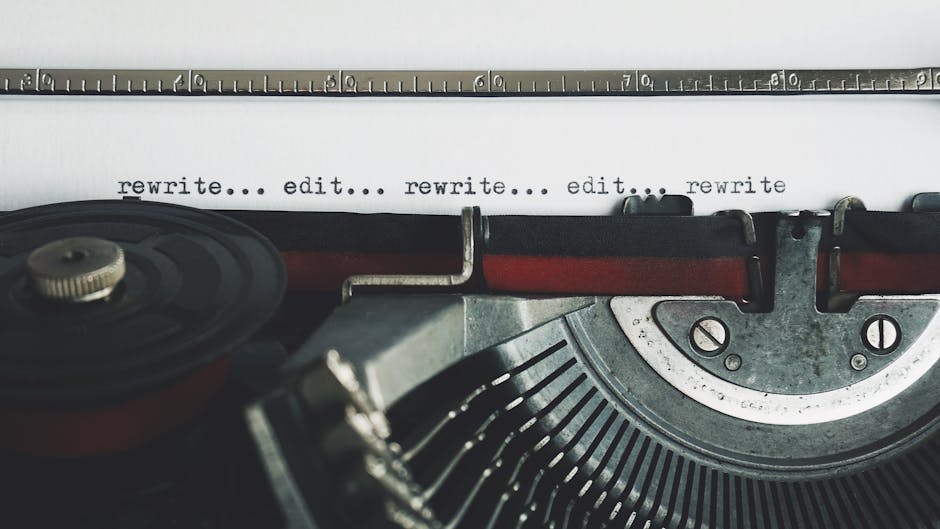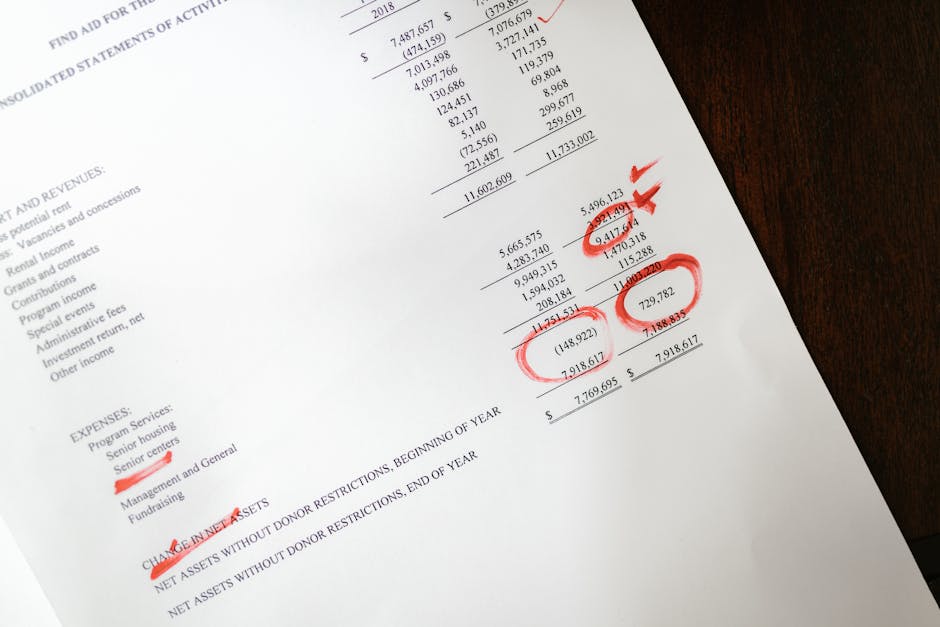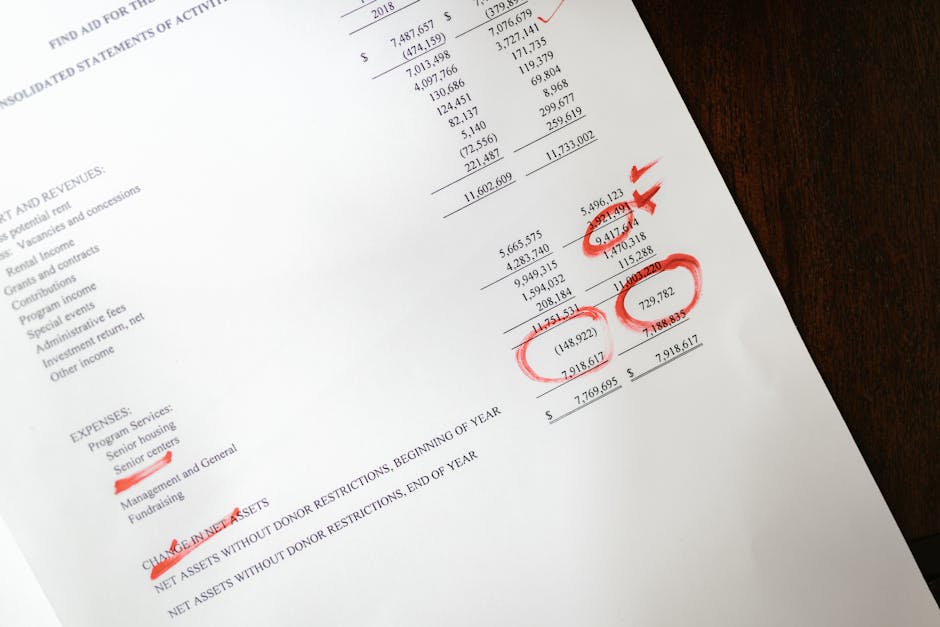In a world saturated with content, clarity is king. Whether you’re a student, a professional writer, or a business owner, the way you communicate can make or break your success. This is where the magical duo of editing and proofreading comes into play. Not only do they enhance your writing, but they also transform your ideas into compelling narratives that resonate with your audience.
Editing and proofreading are often seen as mere chores, a last-minute effort to polish your work before hitting ‘send’ or ‘publish’. But let’s shift that perspective! Think of editing and proofreading as an investment in your message—an opportunity to ensure that every word counts and that your ideas shine through.
**What’s the Difference?**
Before diving into the practical aspects, let’s clarify the distinction between editing and proofreading. Editing is a comprehensive process that involves restructuring your content, enhancing clarity, improving flow, and ensuring your tone aligns with your target audience. It’s about taking a step back and looking at the big picture.
Proofreading, on the other hand, is the final touch. This is where you comb through your text for grammar mistakes, punctuation errors, and typos. Think of proofreading as the cherry on top of a well-baked cake—it makes everything look neat and presentable.
**Why You Should Prioritize Editing and Proofreading**
1. **Clarity and Comprehension**: A well-edited piece communicates your ideas clearly, making it easier for your audience to understand and engage with your message. Ambiguity can lead to confusion, and we all know that a confused reader is a lost reader.
2. **Professionalism**: In professional settings, typos and grammatical errors can undermine your credibility. Whether you’re drafting a business proposal or sending an email to a client, presenting polished content reflects your attention to detail and commitment to quality.
3. **Boosts Confidence**: Knowing that your writing is error-free allows you to present your work with confidence. You won’t have to second-guess yourself when sharing your content, whether in a meeting or on a public platform.
4. **Enhanced Persuasiveness**: Good editing not only improves readability but also enhances the persuasive power of your writing. A clear and compelling argument is more likely to sway opinions and drive action.
**The Process: A Step-by-Step Guide**
1. **Take a Break**: After writing, step away from your work. This allows you to return with fresh eyes, making it easier to spot errors and areas for improvement.
2. **Read Aloud**: Hearing your words can reveal awkward phrasing and rhythm issues. It also helps catch mistakes that might go unnoticed when reading silently.
3. **Focus on Structure**: Ensure your content has a logical flow. Are your ideas connected? Is there a clear introduction, body, and conclusion? Rearranging paragraphs can often clarify your message.
4. **Grammar Check**: Use tools like Grammarly or Hemingway to catch common grammatical errors. However, don’t rely solely on software; human judgment is irreplaceable.
5. **Get Feedback**: Don’t hesitate to ask a colleague or a friend to review your work. A fresh set of eyes can provide valuable insights and catch mistakes you might have overlooked.
**Editing and Proofreading: DIY vs. Professional Services**
While self-editing is a great skill to develop, there’s no shame in seeking help. Professional editing and proofreading services can be invaluable, especially for important documents or content that will reach a wide audience. Look for services that align with your budget, whether you’re seeking luxury proofreading from seasoned experts or affordable options that fit a student budget.
**Emerging Trends**
In the digital age, editing and proofreading have also evolved. The rise of AI-powered editing tools offers budget-friendly solutions for quick fixes. However, while these tools are convenient, they can’t replace the nuanced understanding of language that a human editor brings.
Moreover, the growing emphasis on eco-friendly practices has led to a surge in digital-only publications, where the editing process is streamlined to save both paper and resources.
**Conclusion**
Ultimately, editing and proofreading are more than just necessary steps; they are critical components of effective communication. By investing time and effort into these processes, you can elevate your writing, enhance your professional image, and ensure that your message resonates. So, the next time you finish a draft, remember: clarity is not just an option—it’s essential.










